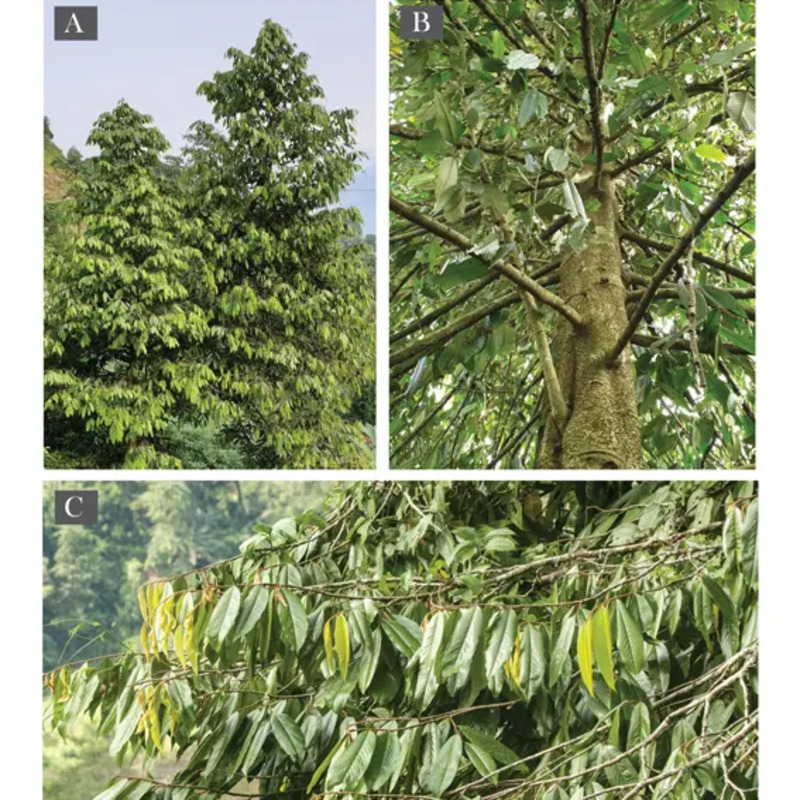 Arunachal Pradesh
Arunachal Pradesh New species of tree discovered in Arunachal Pradesh's biodiversity hotspot
Itanagar/IBNS: A new species of tree, Meiogyne arunachalensis, has been unveiled by scientists in Arunachal Pradesh, marking a significant discovery for the region.
Published in the Edinburgh Journal of Botany on May 19, researcher Navendu Page highlighted that this finding is not only the third species of its kind found in India but also the first from the eastern Himalayan and Northeast India region, reported The Arunachal Times.
Meiogyne, a genus widely distributed across South and Southeast Asia, encompasses around 33 known species. While Meiogyne arunachalensis shares some similarities with Meiogyne maxiflora, a species found in Thailand, it distinguishes itself through various vegetative and reproductive characteristics.
Notably, it is the largest species within the Meiogyne genus identified to date, boasting impressive tree height and trunk girth.
This research article marks a groundbreaking moment as it reports the first-ever documentation of the Meiogyne genus within Northeast India and the eastern Himalayan biodiversity hotspot.
The species has thus far been spotted in the East Siang district and the Namdapha National Park in Changlang district.
Researchers predict that Meiogyne arunachalensis is likely to exist in the neighboring districts of Lower Dibang Valley and Lohit, as well as in certain areas of northern Myanmar that border the Namdapha National Park.
Researcher Navendu Page made the discovery of Meiogyne arunachalensis during a biodiversity expedition to the Adi hills of Arunachal Pradesh.
The success of the expedition was made possible through the support of the Hem Chand Mahindra Foundation, the Wildlife Institute of India, and the forest department of Arunachal Pradesh.
This exciting find not only enriches our understanding of the region's unique flora but also underscores the importance of further exploration and conservation efforts in Arunachal Pradesh's rich biodiversity hotspot.
Support Our Journalism
We cannot do without you.. your contribution supports unbiased journalism
IBNS is not driven by any ism- not wokeism, not racism, not skewed secularism, not hyper right-wing or left liberal ideals, nor by any hardline religious beliefs or hyper nationalism. We want to serve you good old objective news, as they are. We do not judge or preach. We let people decide for themselves. We only try to present factual and well-sourced news.







